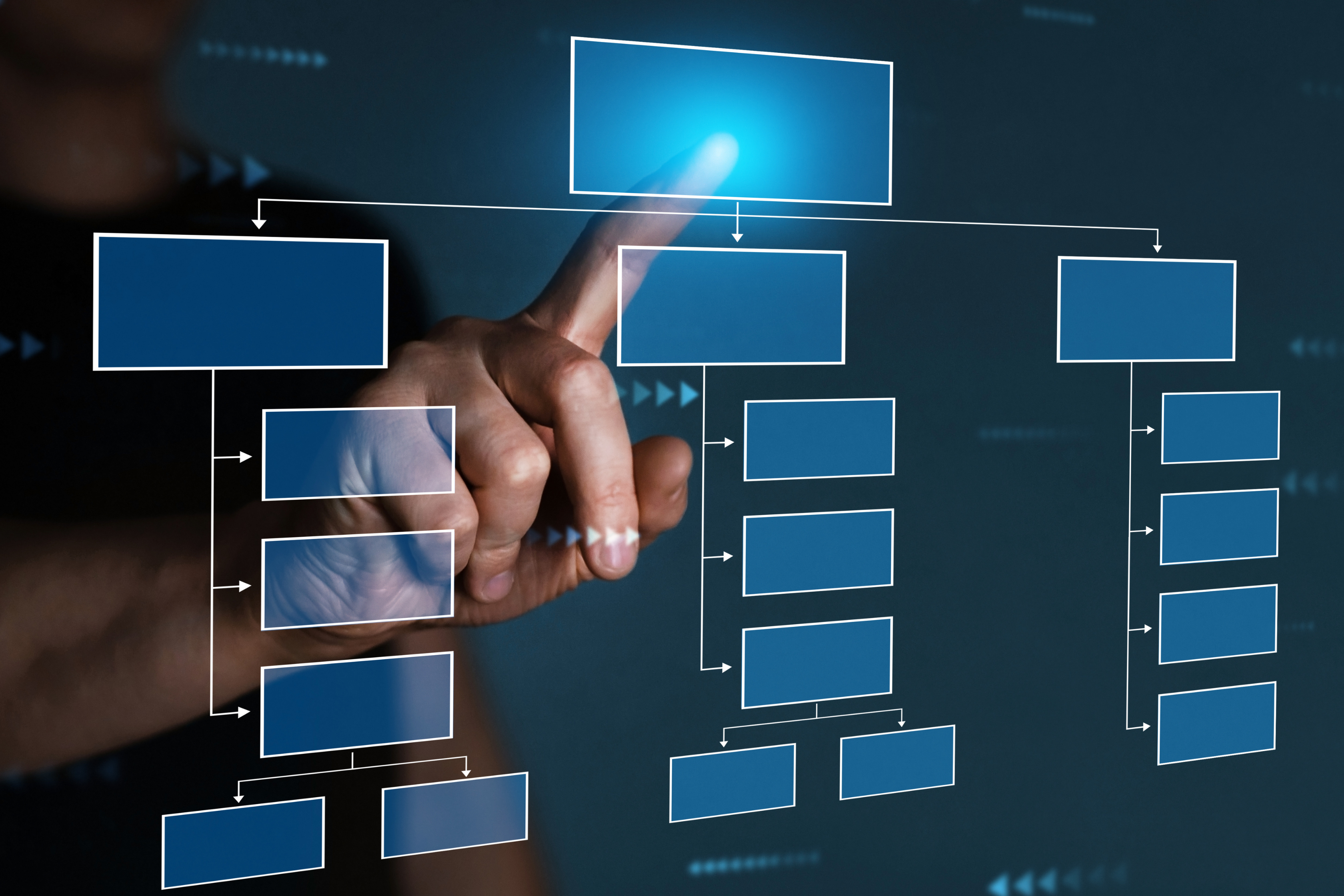The Top 3 Benefits of Event-Driven Architecture

Gartner describes event-driven architecture (EDA) as, “a design paradigm in which a software component executes in response to receiving one or more event notifications.” To put it simply, EDA enables a type of workflow that triggers tasks in response to real-time events. Consider the following example where a social media platform needs to verify a user’s age before the user can move forward and create their profile. 👇

In a very Gandalf-like, “You shall not pass,” moment 🧙, the EDA above will automatically notify the user of whether or not they can join the social network via SMS. This automation helps improve engineer productivity by freeing up an engineer’s time spent on menial tasks. Ultimately, event-driven architecture allows disparate systems to interact with different data via loosely coupled microservices. In contrast to monolithic architecture, these microservices enable changes to be made throughout a network without impacting associated systems.
With all these use cases, it’s easy to see why Gartner forecasts that over 50% of organizations will adopt event-driven digital business ecosystems. In this article, we’re jumping into the advantages of event-driven architecture and detailing how it benefits IT engineers and organizations as a whole.
Jump in! 🦘
1. Event-Driven Architecture Scales Easily to Provide Highly Responsive Reactions to Events
Event-driven architecture is extremely scalable and responsive (thanks to those microservices 😉). As one of the most useful benefits of EDA, providing highly responsive reactions to applications enables engineers to access data in real-time to fuel fast and effective decision-making.
Let’s take a look at an example. Say you’re driving down a highway and just a few miles up ahead 30+ minutes of traffic is looming due to a car accident (don’t worry, no one was hurt in the making of this blog 😌). The car accident in this scenario is the event, the traffic is the result. To help you get to your destination quicker, the GPS alerts you that it’s rerouting to get you to your destination as quickly as possible.
An event (the accident) that otherwise had no relation to you, and was not aware of you, just happened. The traffic monitoring system that detected the accident and reported it to your GPS was also not aware of you. And you, yourself weren’t really aware of any of these systems either, at least until now. You made no request to be shown traffic patterns on the various area highways. In fact, you made no requests at all.
You, your GPS, the traffic monitoring system, and the accident itself, are all loosely-coupled to each other. But once the event of the accident was detected, all of these systems quickly coupled to provide you with a quicker, more efficient route. This is the power of event-driven architecture. 💪 By being highly responsive, event-driven architecture enables you to scale your systems, ensuring that your workflows are fast and efficient.
2. It Detects Events in Other Systems That Require a Response
Event-driven architecture connects varied volumes of data generated by IoT devices and stored across various connected networks. How? Loose-coupling of course! ⚙️ EDA enables highly-divergent, loosely-coupled systems to detect events happening in other systems that require a response.
Without the traditional overhead of integrated data access systems, EDA allows for more robust information to be available at a faster rate and to more endpoints. For example, if a node fails while processing a particular event, that failure becomes an event that is detected immediately. This event then triggers the re-discovery of that node to complete the required functions.

(Source: Giphy)
This rapid detection boosts resilience and fault-tolerance. And so, as event-driven architecture systems record each and every activity, the possibility of recovering from failure is high. This is accomplished by replaying recent events to re-establish conditions at an earlier point in time. Pretty awesome, huh?
3. It Enables Asynchronous Functionality
Traditionally, IT engineers are essentially “locked in” by certain code that predetermines each action. Yet, with event-driven architecture, the occurrence of an event determines what actions will be taken next. That’s right, all functions with EDA are asynchronous. Who said software design had to be linear anyway?

(Source: Giphy)
While this asynchronous functionality may initially be harder for developers to document, it provides great flexibility and openness in system design. 🔥 Yet, the right EDA system is self-documenting. This means that event-driven architecture systems are also optimized for real-time analytics. Thus, incorporating artificial intelligence and machine learning technologies will evolve this functionality into a self-healing, self-improving performance. 😎
Final Thoughts
Today’s IT engineers need event-driven architecture to improve efficiency, boost productivity, and streamline menial and time-consuming tasks. As the ultimate EDA solution, Direktiv reacts to events within the environment. So, as the state changes within your environment, Direktiv adjusts and executes accordingly.
Sounds too good to be true? Check out our datasheet to discover the benefits and use cases of Direktiv. You won’t be disappointed. 😉

.png)


